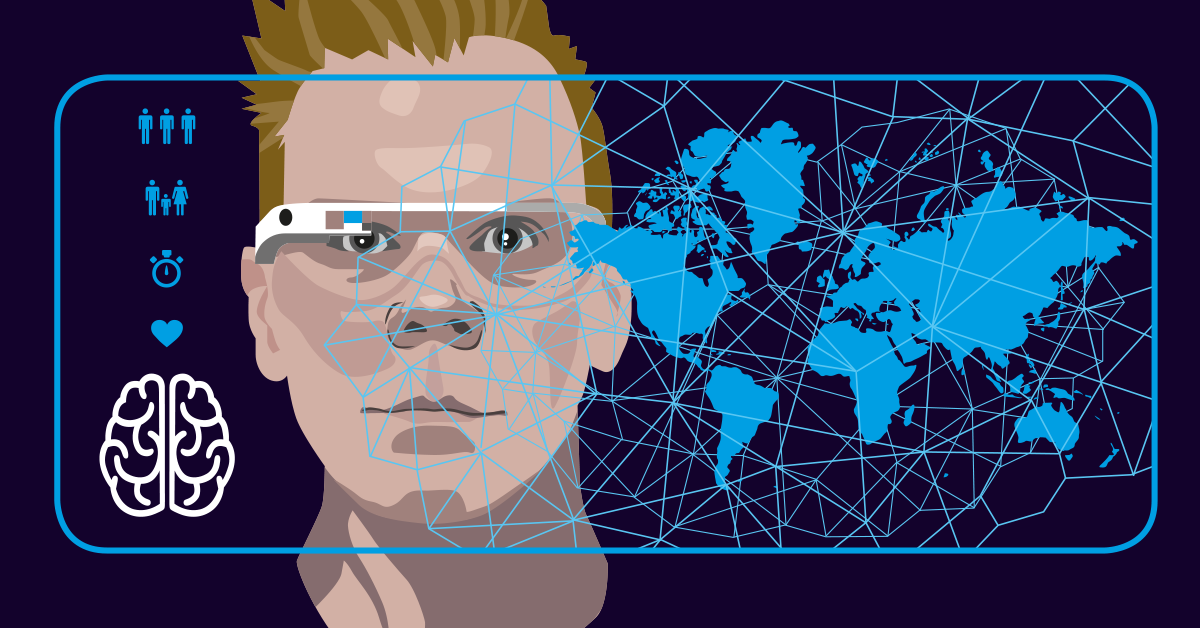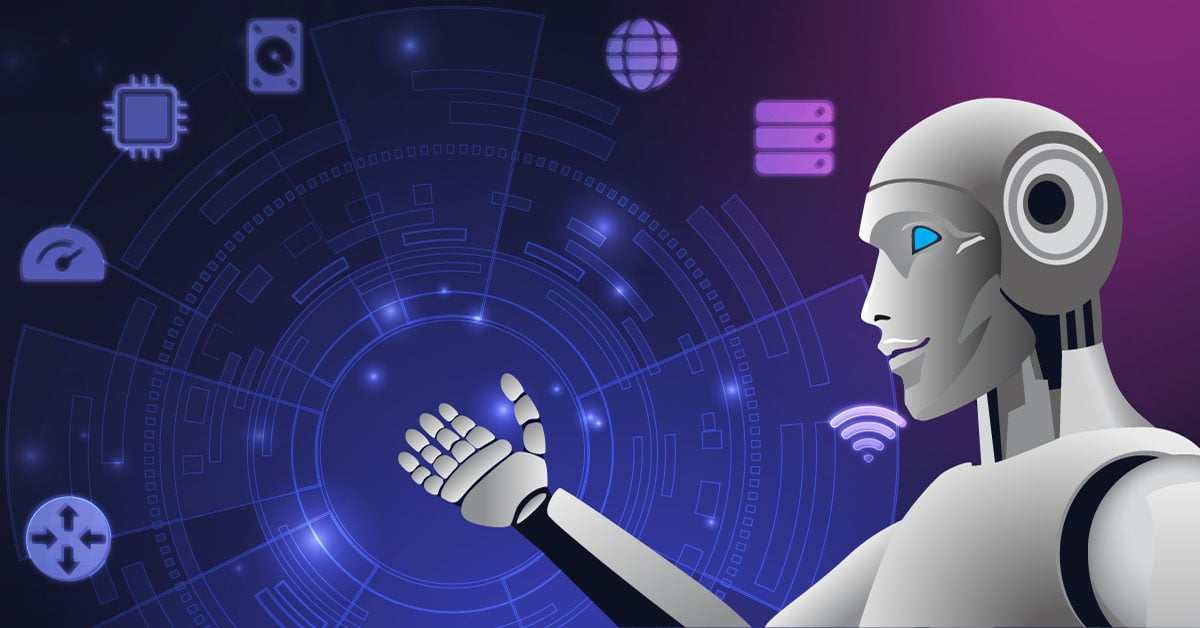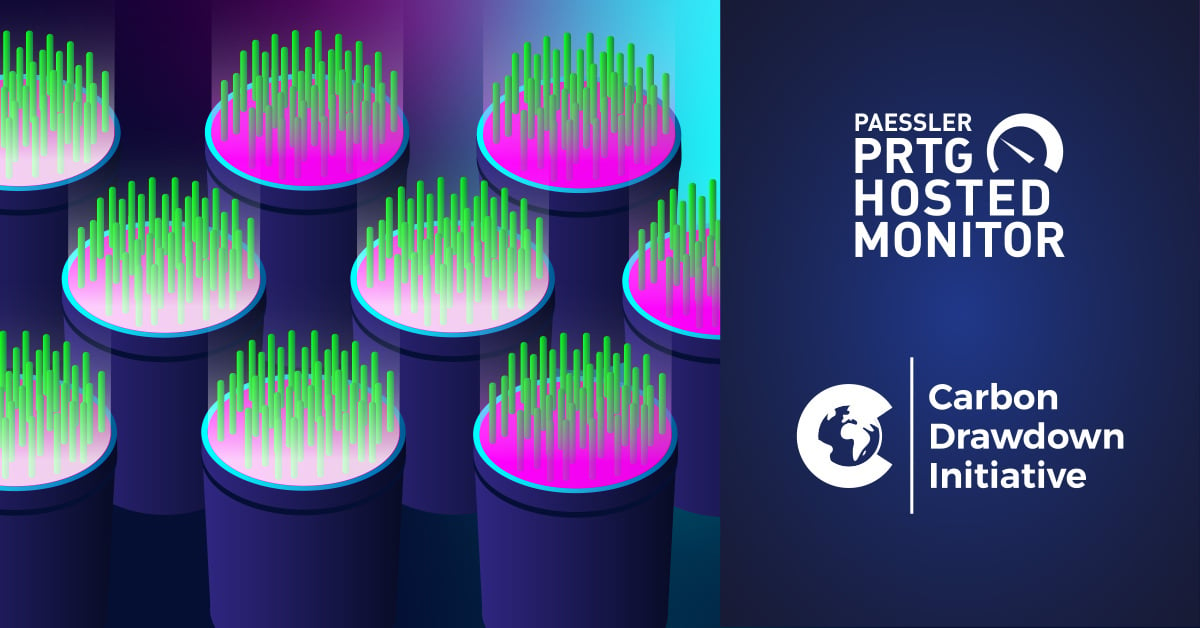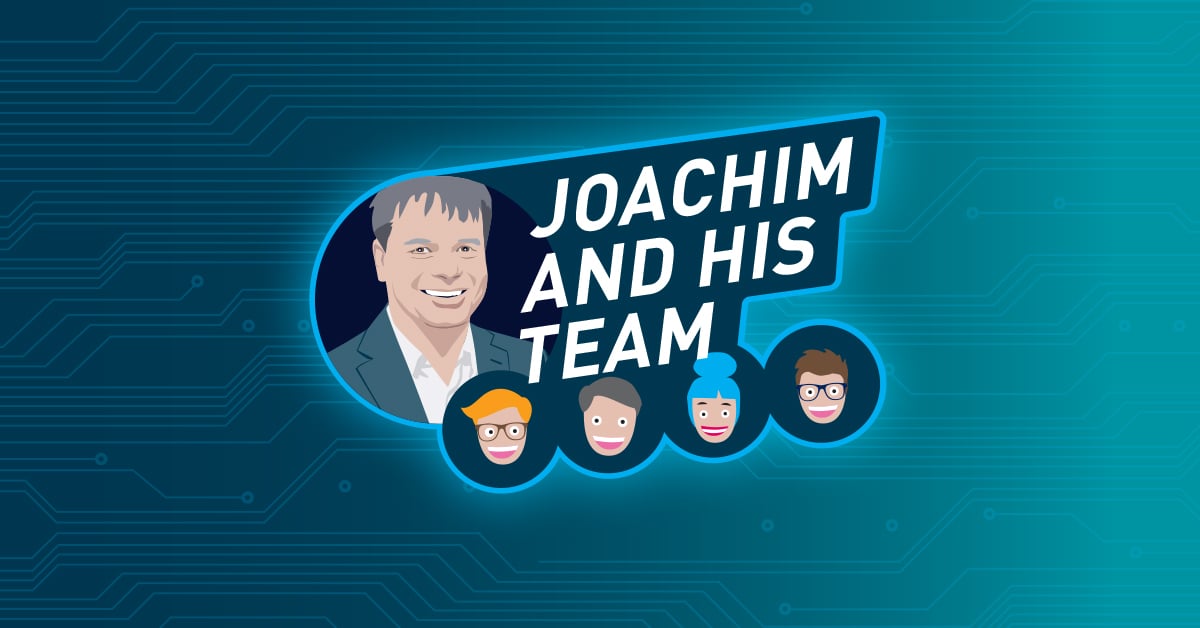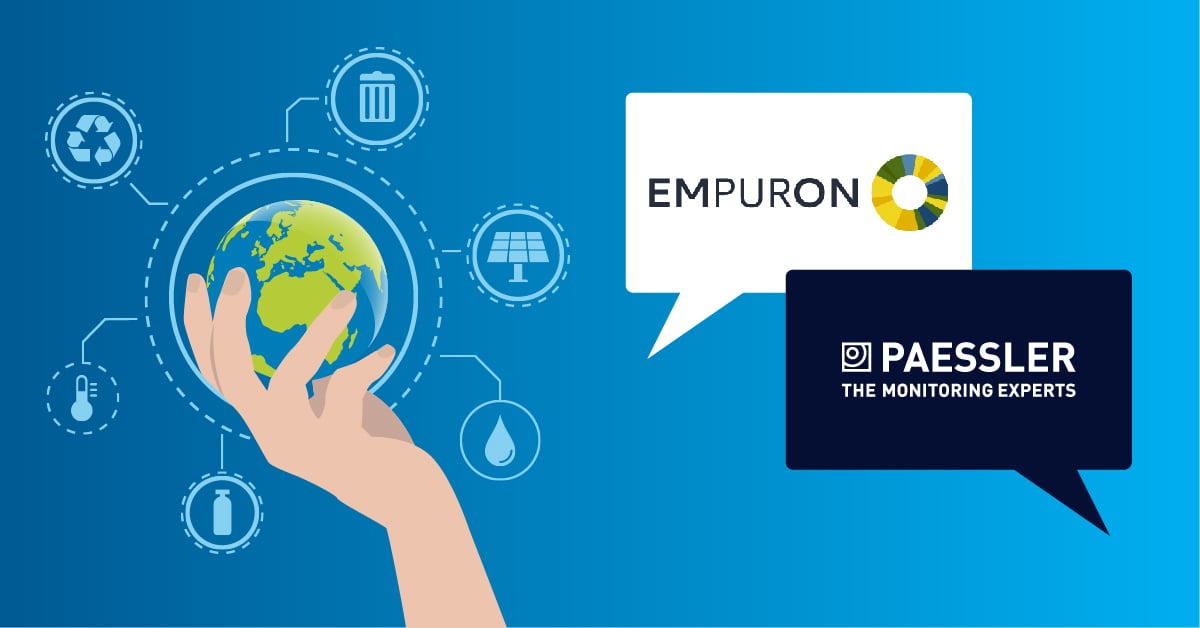Ray Kurzweil, author, computer scientist and inventor has publicly speculated in his 2005 book "The Singularity Is Near" that by the year 2045 a runaway self-aware, super intelligence will bring unfathomable changes to human civilization.
This superintelligence will rise from the computing power that we take for granted today and continue to accelerate and comingle with other forms of artificial intelligence or AI.
Ray Kurzweil isn't the only “singularitarian” out there; today's business and political leaders from Elon Musk to Vladimir Putin have all labelled the existential threat of AI as critical for the survival of our species.
My journey with technology and connectivity over the past decade has led me away from the fear of a dystopian super AI, and far from the promise of eternal life that some digital utopians prophesize.
I believe we are at the start of a new era of spirituality. We’re in an age where the machines inform us, and we inform the machines. We are moving from the Internet of Things to the Internet of Awareness.
Examination of today's media and technology feedback loops give every indication that we are programming ourselves.
How We All Came Online

Take for example one of the earliest signs of this feedback loop, the virally omnipresent "ice bucket challenge" on July 14, 2014. During the ice bucket challenge, people would create videos of themselves getting buckets of ice poured on them and then call out three people they knew to take the challenge next. The challenge was a behavioral chain letter that spread like wildfire through the social internet.
The ice bucket challenge was a powerful example of how technology influenced our behavior, and our behavior influenced the technology.
Shortly after the ice bucket challenge influenced the landscape, on August 9 2014, civil unrest in Ferguson, MI raged through the internet feedback loops. Ferguson MI gave rise to movements on race and equality, dancing endlessly between media coverage and social media flare-ups.
Fast forward to 2017 and the #metoo phenomena that has brought down so many powerful men, and we can see the power of the feedback loop connecting billions of people with real-time information.
These digital connected stories are informing billions of people, not within weeks, but within hours. Stories cross the globe and are not only reported on, but they infect residents in other countries and cultures.
The idea of global awareness is becoming a reality, and the feedback loops of media, social media and behavioral technologies all targeting, tracking and bringing to the surface our deepest desires and fears have arrived.
There is no going back to a simpler time; we must now confront what it means to have a connected mind where everyone is constantly aware of everything.
Intel Inside You
On the other end of the spectrum, we have smaller tighter feedback loops that are feeding our heightened awareness. These feedback loops are tied to our bodies as we discussed in our first blog in this series.
These systems are bound to our families as we examined in blog two and they directly change our perception of time, as we explored in our third blog on time.
Further complicating things, our relationships are now influenced by feedback loops and technology, as we revealed in our fourth blog on love and connections.
Coming at us from every angle are highly targeted pieces of information informing us of how we slept, connected, worked, and loved. Everything we do is quantified and measured and our ability to live beyond the awareness of our own momentum has been eroded.
When you combine the bottom-up review of our personal feedback loops with the top-down feedback channels of the global cultural mind, we are left with a revolutionary sense of connectedness.
What's Next?
Our friends and neighbors are complaining that people are too busy and distracted. Families are racing to unplug, and the news is making sure we are aware of how technology is harming us.
The cycle of heightened awareness doesn't seem to have any obvious benefit. We're in need of instructions on how to pace ourselves for the next 20 years.
What simple steps we can take to put our place in this globally networked system into context?
Place Yourself In Airplane Mode
I’ve outlined a few ways technology can be used to reverse the trend of speeding forward. These tips teach us how to connect to ourselves in ways that bring context and deeper meaning.
These three items are part of a larger group of behaviors I think of when placing myself in airplane mode.
- LOOK TO NOTHING
- ALARMS AND TASKS
- NOTES AND JOURNALS
Look To Nothing
Our smart phones have been compared to slot machines. The way they pull at our attention and game our feelings. The first tip: "Look to nothing" is a mash-up of strategies I’ve found to be helpful in turning down the attention draws from my smartphone.
The first thing is to remove all the badges, notifications and alerts from the apps on your phone. The plethora of options to slim down the beeps, buzzes, and flags on your phone can be overwhelming to manage but it's a good place to start.
Now, lower the need to find stuff to do on your phone. Remove all the icons and apps from your home screen. Put them in folders on the second screen or move them to a spot that is hard to reach. By making your phones harder to use and less distracting, you reduce the need to touch them.
 Notifications and screens cleaned up, but still find yourself looking at your phone? Try turning on a gray scale for your phones coloring. All modern phones have the ability to display their screens and apps in grays instead of colors. Seeing your phone without any of the flashy colors will make it less attractive to pick up and use.
Notifications and screens cleaned up, but still find yourself looking at your phone? Try turning on a gray scale for your phones coloring. All modern phones have the ability to display their screens and apps in grays instead of colors. Seeing your phone without any of the flashy colors will make it less attractive to pick up and use.
Your phone is no longer alerting you, no longer asking you to click on that application (that’s no longer on your home screen), and the apps you have accessible are only in black and white, yet you still find yourself drawn to the phone? What now?
Consider installing a privacy film on the front of your screen. Privacy films block out the images on our phones, making the phone dark unless you look straight at it! Privacy screens are a great way to limit your interaction with your phone and get back some more mindful time.
Now that you're connected to yourself a bit more, let's start the reprogramming!
Alarms and Tasks
We've all used alarms to remind us of things we need to do. Take the chicken out of the oven. Check the laundry. Leave for work. Alarms are a great way to manage the unlimited number of things you need to do each day, but alarms are a great way of reminding yourself to live your values, too.
 Try this: Set the alarm for Tuesdays and Thursdays to "Smile and be open to other people's opinions". Or set an alarm for Monday morning at 10am to tell your co-workers you appreciate them. Alarms are a great way to focus on the things you value as well as the things you have to do.
Try this: Set the alarm for Tuesdays and Thursdays to "Smile and be open to other people's opinions". Or set an alarm for Monday morning at 10am to tell your co-workers you appreciate them. Alarms are a great way to focus on the things you value as well as the things you have to do.
Task lists go hand in hand with alarms to help us accomplish the things we need to get done in our lives. Unfortunately, like alarms, they just become another source of stress; more tasks waiting for our attention.
So, instead of creating tasks for things you need to do, create tasks for things you want to do. My task list has things I value. Take time to meditate. Go to bed early. Eat well. Take a short walk. Move slow. Be gentle.
Each day I finish one of these items I mark it off my list. Between alarms and tasks, I have a lot of life values being reinforced each time I pick up a piece of technology!
Notes and Journals
Even the most zen among us still have hard days. Days when feelings of guilt, shame, anger, depression or anxiety fill us with dread. Our technology can come in handy on these days also.
Inside our phones are apps for note-taking. These apps are a great place to jot down feelings when you're out of sorts. The problem with difficult feelings is when they strike we think they are brand new, that we have never felt this way before, or question why we are having the same feelings again and again. If there were only a way to remember that this is not a new set of feelings and that we have managed through this before…
Well, there is, this is where notes and journals come into play. I have a note for each of the hard feelings I confront. My notes are titled by emotion: Anger. Depression. Anxiety. Shame. Guilt.
 Under the title I list the feelings, situations, and symptoms of the feeling. When the icky feelings start to re-surface, I grab my notes and look up the feelings I’m having. Within a few moments, I match the physical and mental conditions to the list on my phone. As if by magic, I start to realize that I have had these feelings before. Seeing a list of previous events that I augmented through is a great help to me. And knowing that I can not only manage, but always seem to manage my way through, is a source of great pride!
Under the title I list the feelings, situations, and symptoms of the feeling. When the icky feelings start to re-surface, I grab my notes and look up the feelings I’m having. Within a few moments, I match the physical and mental conditions to the list on my phone. As if by magic, I start to realize that I have had these feelings before. Seeing a list of previous events that I augmented through is a great help to me. And knowing that I can not only manage, but always seem to manage my way through, is a source of great pride!
The Internet of Awareness
I started this blog considering what a super AI would do in the year 2045 if it became self-aware. I'd like to end this blog by saying I don't believe this will happen, but I do believe that we will develop a deeper awareness of ourselves and each other.
By using the tools in our everyday lives to explore ourselves, I hope that we can start to influence the feedback loops currently programming our culture and create an awakening of sorts.
The actionable tips you’ll find in each of my blog posts can help change our relationship with technology. It is possible to reprogram ourselves to be gentler, smarter, and wiser.
Ultimately, we can use the same technology that we currently blame for many of our challenges to support, encourage and nurture us.
While no one person holds the record for world's most connected person any longer, I do hope that these blogs, trips through tech history and personal stories have helped you, and challenged you, to look at digital life with a different perspective.
Thanks for Having Me
Thank you to my friends at Paessler for asking me to write these five blogs and encouraging their community to consider all the connections they manage every day at work, at home, and in their hearts.
If you want to share your perspective on any of these topics, please do.
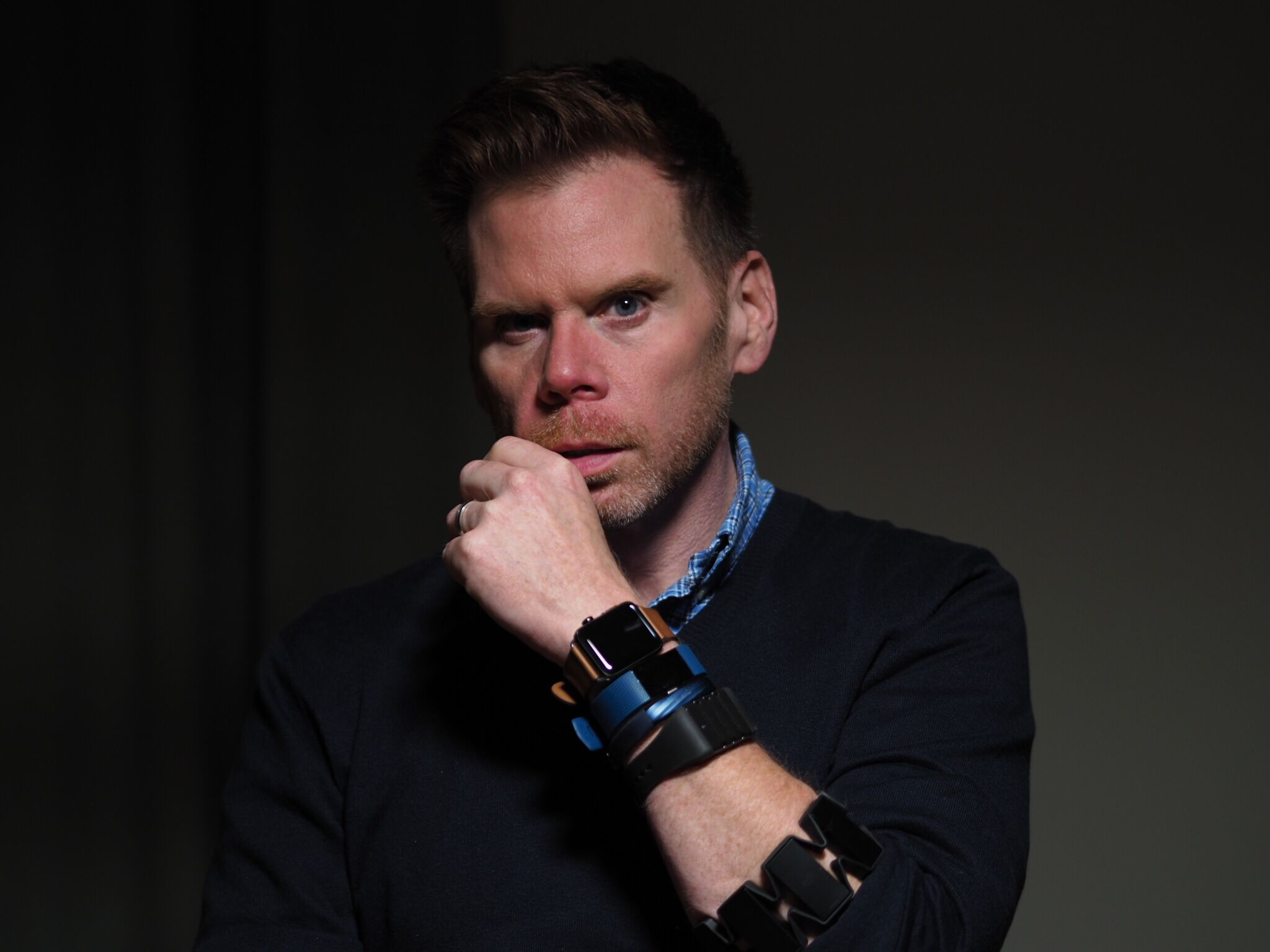 Published by
Published by 